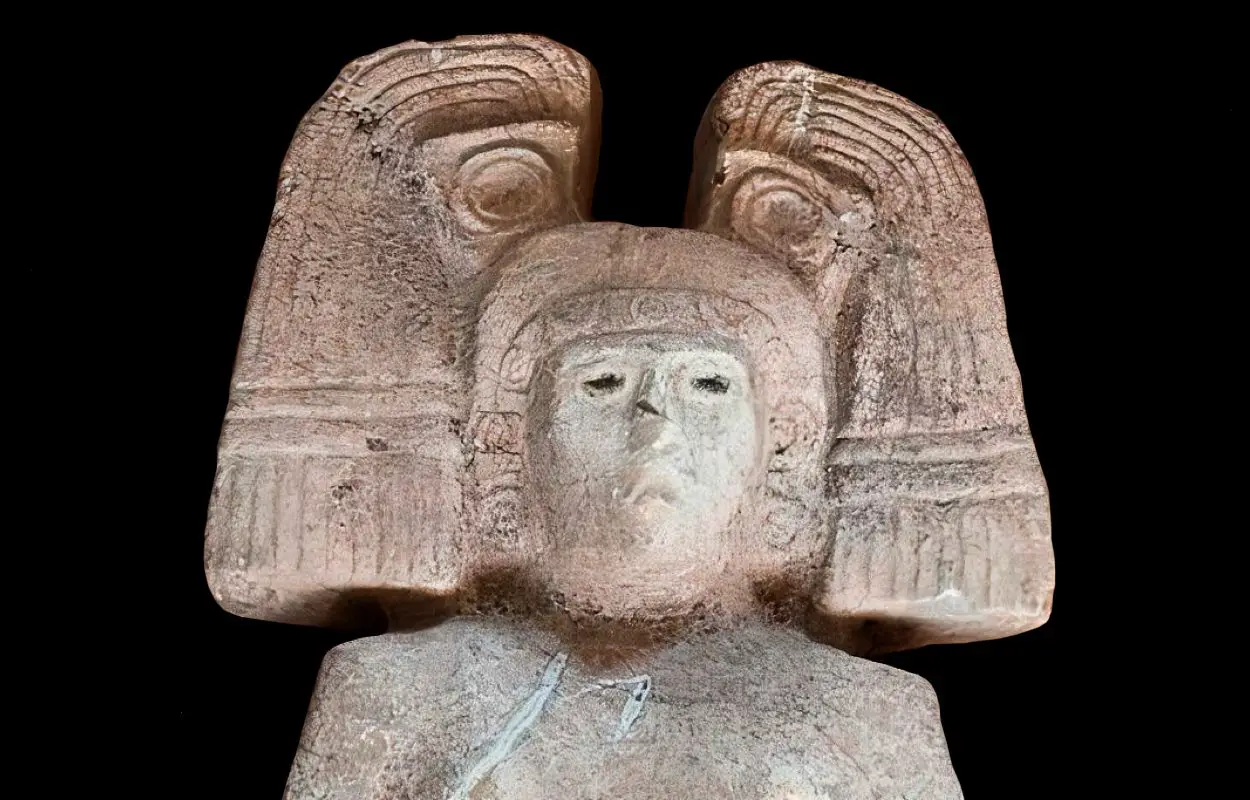A limestone statue depicting an Amajac ruler has been discovered in the municipality of Hidalgo Amajac in Veracruz, Mexico.
The region was ruled by the Huastec civilisation, an indigenous people of Mexico living in the La Huasteca region that includes the states of Veracruz, Hidalgo, San Luis Potosí and Tamaulipas – concentrated along the route of the Pánuco River and along the coast of the Gulf of Mexico.
Excavations of Huastec sites suggests that the culture emerged around the 10th century BC, with the most active period being during the Postclassic era between the fall of Teotihuacán and the rise of the Aztec Empire.
During the mid-15th century AD, the Huastecs were conquered by the Aztec during the reign of Moctezuma I (AD 1398–1469) but retained a large degree of local self-government by paying tribute to the Aztec Empire. The Huastec civilisation fell during the Spanish conquest between AD 1519 and the 1530s and were subsequently transported to the Caribbean to be sold as slaves.

The statue was discovered by workmen during road works in Hidalgo Amajac. According to archaeologists from the National Institute of Anthropology and History (INAH), the statue dates from the Early Postclassic period (AD 1100-1200) and was likely removed from a public space and buried for protection.
The statue measures 1.54 metres in height and weighs between 200 and 250 kilograms. It depicts a local ruler wearing a ceremonial headdress, similar to statues of rulers found in the pre-Columbian city of El Tajín.
This is not the first statue found in the Hidalgo Amajac area. In 2021, a 2-metre-tall statue called the “Young Woman of Amajac” was found in an orange grove depicting an indigenous woman wearing a headdress and an ankle-length skirt.
The mayoress of Álamo Temapache, Lilia Arrieta Pardo, announced that the cultural space currently being built in Hidalgo Amajac will be adapted to display the statue and the “Young Woman of Amajac”.
Header Image Credit : INAH





